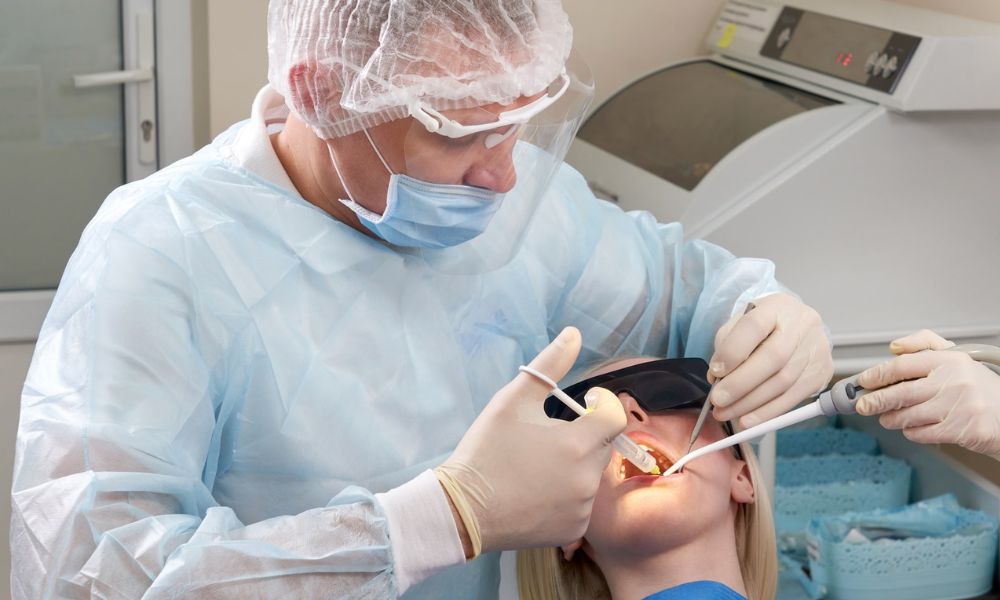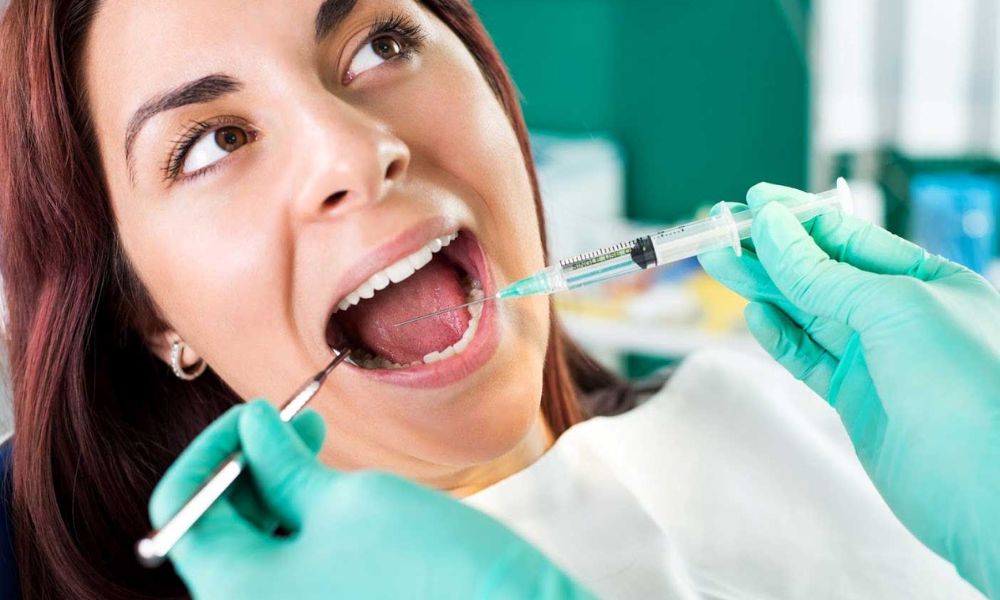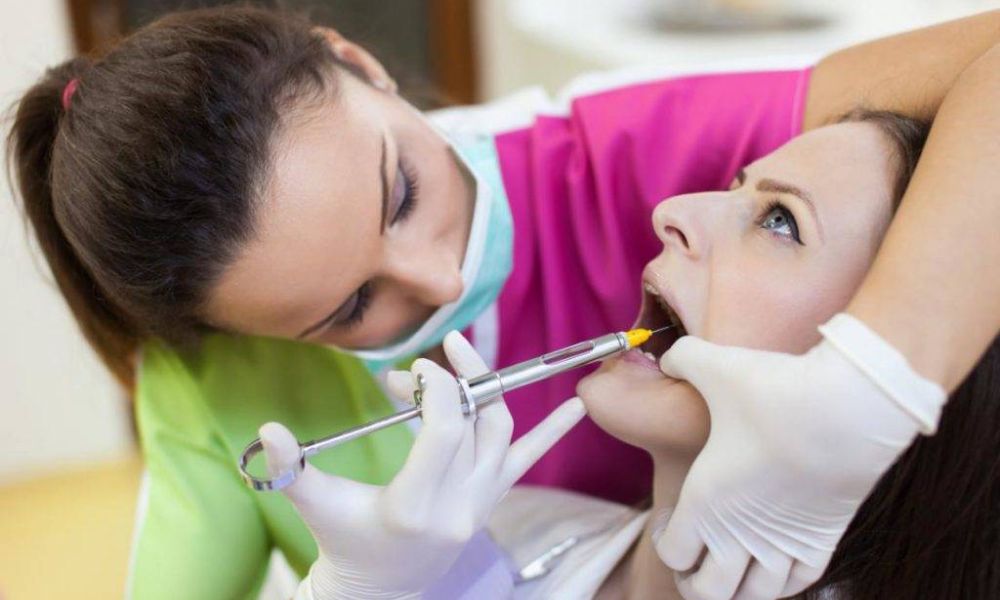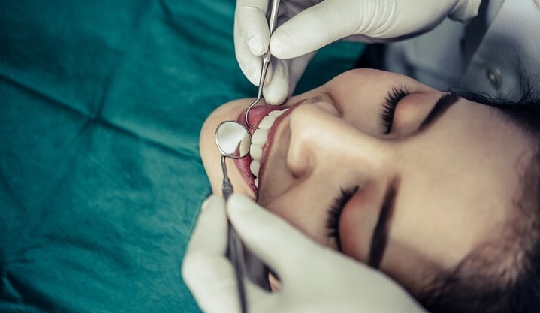Local Anesthesia for Invasive Dental Procedures
Sometimes, your dentist may perform more intricate work than regular cleaning, scaling, and check-ups. To perform safe and comfortable invasive treatments, your dentist will numb your mouth with local anesthesia. Due to the sensitivity of teeth and gums, a local anesthetic like Lidocaine is injected into your inner cheeks or gums to cause numbness for the procedure.
At Dentistry at Consilium, we use lidocaine with vasoconstrictors and other substances to increase the duration of local anesthesia dental. The prime goal of our dentists is to keep patients safe and comfortable while they receive precise, safe, and effective dental treatments.
What is Local Anesthesia Dental?
Local anesthesia is administered in small doses in a specific area of your body to induce numbness and reduce sensations. A local anesthesia dental procedure is performed during a root canal treatment, crown installation, or fillings.
Before the procedure, your dentist will inject a local anesthetic into your inner cheeks or gums. The anesthetic blocks pain nerve signals to the brain so the patient stays comfortable and the procedure is safely completed. The numbness lasts for 1-2 hours, depending on the composition.
Before the treatment, our dentists will assess your medical history to know of any allergies or medications prescribed to you. This initial evaluation is critical – because our dentists will tailor the formula if you have certain medical conditions.
Get in touch to learn more about local dental anesthesia and its suitability.
Types of Local Anesthesia
There are two kinds of local anesthesia for dental procedures. The first is a topical anesthetic that is swabbed over your teeth or gums. This type of anesthesia numbs and prepares the treatment area for the second type of anesthetic – injectables. The topical anesthetic induces numbness while the injectable anesthetic keeps you pain-free throughout the procedure.
Injectable anesthetics also have two categories – block injections and infiltration injections. The former induces numbness in an entire area of your mouth, while the latter only numbs a small area.
How is Local Anesthesia Administered?
Your dentist will first dry a part of your mouth with air or cotton to administer local anesthesia before an invasive procedure. In some cases, we’ll swab the area with a topical anesthetic to numb the skin first before injecting a local anesthetic dental. The effect may last up to a few hours, depending on the composition of the injection.
The patient may feel a minimal sting in their gums or cheek – caused by the anesthetic making its way into underlying tissues. This sensation is often mistaken as the sting of an injection, leading patients to believe that the anesthetic isn’t working. In reality, it’s the movement of the anesthetic which causes this sensation. You can expect it to subside within a few seconds.
Are There any Side Effects?
Local anesthesia dental does have a few side effects, though none serious or long-lasting. Some well-known side effects are:
Rapid Heartbeat
If the local anesthetic is injected into a blood vessel, it may cause a temporary rapid heartbeat. Epinephrine is a compound in the anesthetic injection which can travel directly into the heart. Epinephrine is a naturally occurring substance in the body, better known as adrenaline. When it reaches your heart, it can rapidly increase your heart rate. While this may be alarming initially, there’s nothing to worry about. Your heart rate should return to normal within seconds.
Numbness
Your mouth may be numb for a few hours after the injection. As it reduces sensation, you may not be able to talk or eat properly. Eat carefully after an anesthetic dose – you may bite your tongue without feeling any pain.
Temporary Swelling or Drooping
Some patients may also experience temporary swelling in parts of their mouth. This swelling may gradually dissipate as the effect of anesthesia wears off. Occasionally, local anesthetics may also cause drooping.
Inability to Blink
Rarely, some patients find it difficult to blink after a local anesthesia dental. Nothing is alarming about this situation either. Your dentist can tape your eyes shut to prevent drying off. However, if it happens, your blinking should return to normalcy as the effects wear off.
Consult with Dentists and Anesthesiologists Near You
The dental team at Dentistry at Consilium ensures that you receive the highest quality treatments pain-free and with maximum comfort. For more information on local anesthesia dental, get in touch with one of our professionals today. We’ll schedule an appointment as per your convenience and discuss your treatment options.




